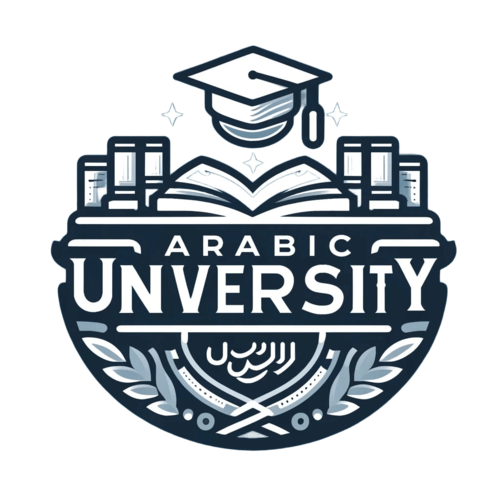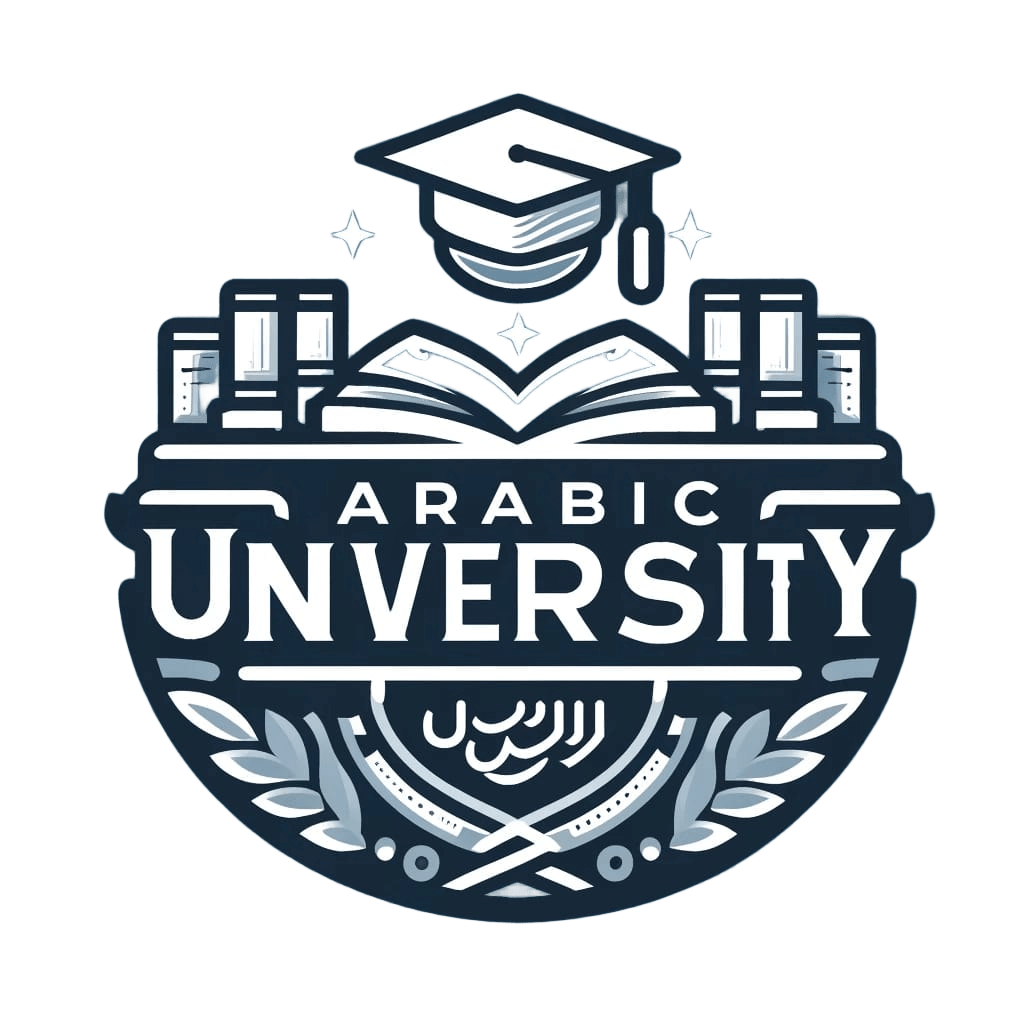Currently Empty: 0,00 د.إ

Overview
COURSE DESCRIPTION
This course is designed to prepare future language educators with the pedagogical knowledge and practical skills necessary for teaching a second language effectively. Through a combination of theory, research, and hands-on practice, students will explore a variety of teaching strategies and methodologies tailored to meet the diverse needs of language learners. Emphasis will be placed on communicative and task-based approaches, differentiated instruction, and the integration of technology to create engaging and dynamic language learning environments.
Course Objectives
1. Understand key theories and principles of second language acquisition.
2. Explore a range of teaching strategies and methodologies for promoting language proficiency.
3. Develop proficiency in lesson planning, materials development, and classroom management for second language instruction.
4. Adapt teaching strategies to meet the needs of diverse learners, including English language learners (ELLs) and students with varying proficiency levels.
5. Integrate technology effectively to enhance language learning outcomes.
6. Foster cultural competence and create inclusive learning environments.
7. Reflect on teaching practices and engage in professional development to continuously improve as language educators.
Course Outline
**Week 1-2: Introduction to Second Language Teaching**
– Overview of key theories and models of second language acquisition
– Principles of effective language teaching and learning
**Week 3-4: Communicative Language Teaching (CLT)**
– Introduction to communicative language teaching principles and techniques
– Designing communicative language activities and tasks
**Week 5-6: Task-Based Language Teaching (TBLT)**
– Understanding task-based language teaching and learning
– Creating task-based lessons and materials
**Week 7-8: Differentiated Instruction for Diverse Learners**
– Strategies for accommodating diverse learner needs and proficiency levels
– Adapting materials and activities for English language learners (ELLs) and students with special needs
**Week 9-10: Technology Integration in Language Teaching**
– Exploring digital tools and resources for language instruction
– Integrating technology into lesson planning and classroom activities
**Week 11-12: Assessment and Feedback**
– Principles of language assessment and evaluation
– Providing constructive feedback to support language learning progress
**Week 13-14: Culturally Responsive Teaching**
– Understanding the role of culture in language teaching and learning
– Creating culturally inclusive learning environments
**Week 15: Reflective Practice and Professional Development**
– Reflecting on teaching experiences and practices
– Identifying areas for professional growth and development as language educators
**Assessment:**
– Participation and engagement in class discussions and activities
– Lesson planning and materials development assignments
– Teaching demonstrations or microteaching sessions
– Reflective journal or portfolio documenting teaching experiences and insights
**Prerequisites:**
No specific prerequisites are required, but a strong interest in language teaching and learning is recommended.
**Recommended Texts:**
– “Teaching by Principles: An Interactive Approach to Language Pedagogy” by H. Douglas Brown
– “Learning Teaching: The Essential Guide to English Language Teaching” by Jim Scrivener
– “Practical English Language Teaching” by David Nunan
**Instructional Methods:**
– Lectures, discussions, and presentations
– Collaborative group activities and projects
– Teaching demonstrations and microteaching sessions
– Peer feedback and reflection
– Guest speakers and multimedia resources
**Grading Policy:**
Grades will be based on participation (20%), assignments (40%), teaching demonstrations or microteaching sessions (20%), and reflective journal/portfolio (20%).


